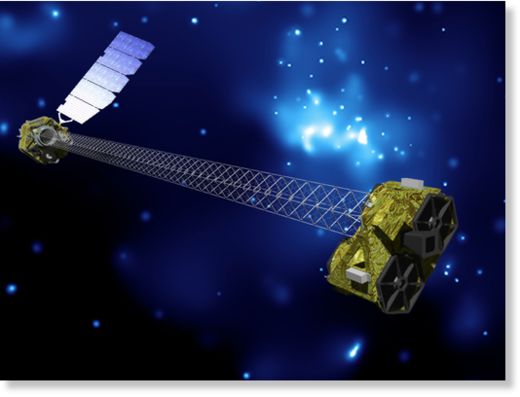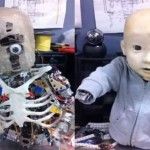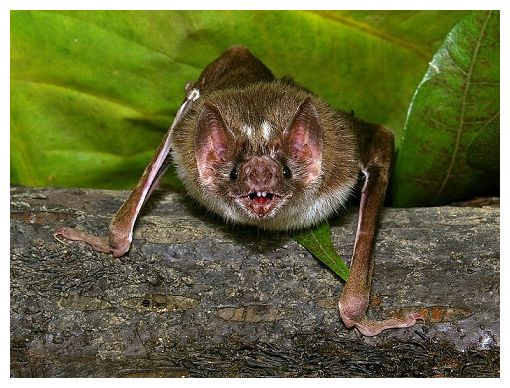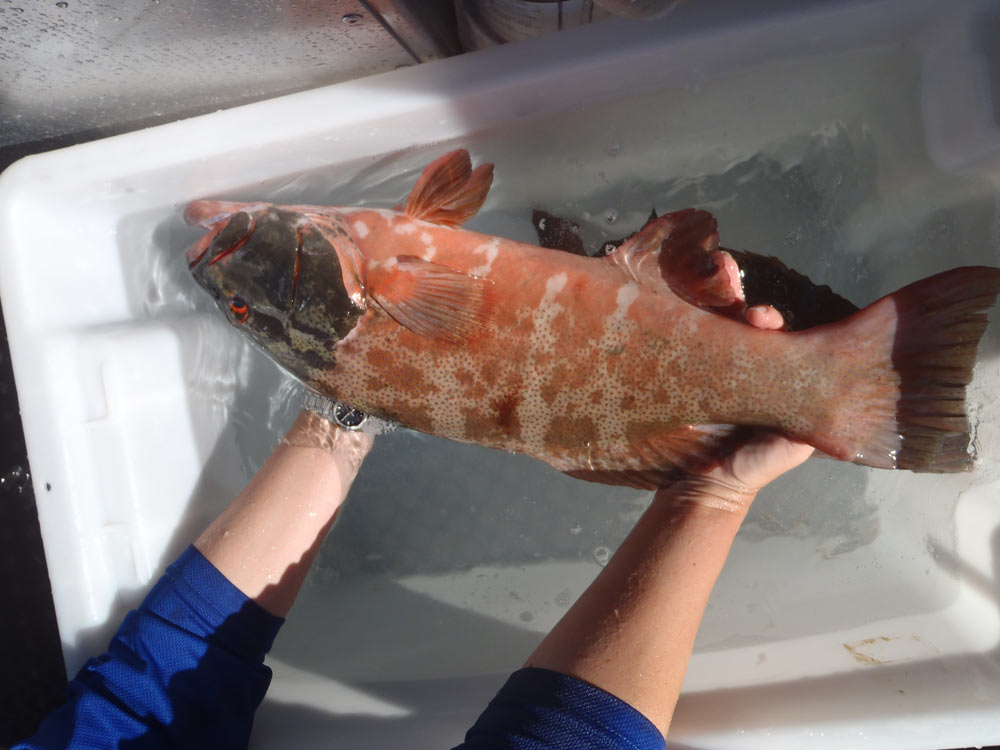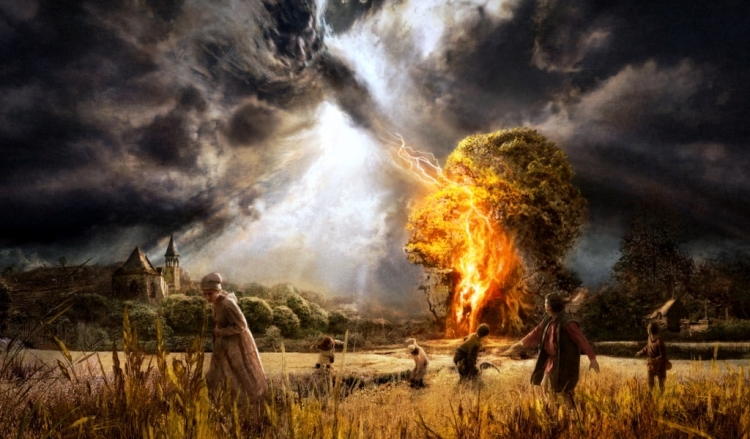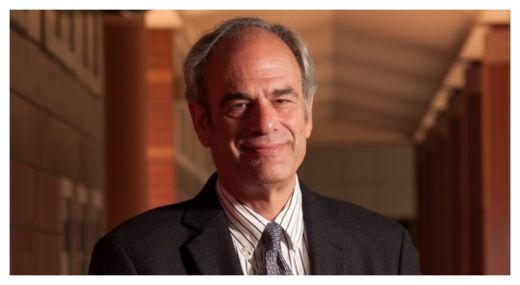
© UCRThe John Templeton Foundation has awarded philosopher John Martin Fischer $5 million to study issues related to immortality.
Riverside, California - For millennia, humans have pondered their mortality and whether death is the end of existence or a gateway to an afterlife. Millions of Americans have reported near-death or out-of-body experiences. And adherents of the world's major religions believe in an afterlife, from reincarnation to resurrection and immortality.
Anecdotal reports of glimpses of an afterlife abound, but there has been no comprehensive and rigorous, scientific study of global reports about near-death and other experiences, or of how belief in immortality influences human behavior. That will change with the award of a three-year, $5 million grant by the John Templeton Foundation to John Martin Fischer, distinguished professor of philosophy at the University of California, Riverside, to undertake a rigorous examination of a wide range of issues related to immortality. It is the largest grant ever awarded to a humanities professor at UC Riverside, and one of the largest given to an individual at the university.
"People have been thinking about immortality throughout history. We have a deep human need to figure out what happens to us after death," said Fischer, the principal investigator of The Immortality Project. "Much of the discussion has been in literature, especially in fantasy and science fiction, and in theology in the context of an afterlife, heaven, hell, purgatory and karma. No one has taken a comprehensive and sustained look at immortality that brings together the science, theology and philosophy."
The John Templeton Foundation, located near Philadelphia, supports research on subjects ranging from complexity, evolution and infinity to creativity, forgiveness, love, and free will.
Half of the $5 million grant will be awarded for research projects. The grant will also fund two conferences, the first of which will be held at the end of the project's second year and the second at the end of the grant period. A
website will include a variety of resources, from glossaries and bibliographies to announcements of research conferences and links to published research. Some recent work in Anglo-American philosophy will be translated for German philosophers who, in the last 30 years, have been increasingly studying the work of American philosophers.

